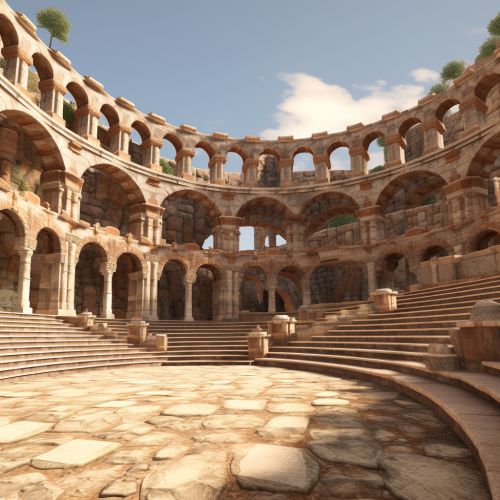World Heritage Sites
Introduction
World Heritage Sites are landmarks or areas which are selected by the UNESCO for having cultural, historical, scientific or other form of significance. These sites are legally protected by international treaties and are recognized as being of outstanding value to humanity.
Criteria for Selection
To be selected as a World Heritage Site, a site must meet at least one out of ten selection criteria. These criteria are explained in the Operational Guidelines for the Implementation of the World Heritage Convention which, besides the text of the Convention, is the main working tool on World Heritage. The criteria are regularly revised by the Committee to reflect the evolution of the World Heritage concept itself.
List of World Heritage Sites
As of 2020, there are 1,121 World Heritage Sites located in 167 States Parties. Of these, 869 are cultural, 213 are natural, and 39 are mixed properties. The countries with the largest number of World Heritage Sites are Italy and China, with 55 each.
Cultural Heritage Sites


Cultural heritage sites include hundreds of historic buildings and town sites, important archaeological sites, and works of monumental sculpture or painting. For example, the Colosseum in Rome, an amphitheater built during the Roman Empire, and the Great Wall of China, a series of fortifications built across the historical northern borders of China.
Natural Heritage Sites
Natural heritage sites are strictly protected areas that are of high conservation value, including such areas as the Great Barrier Reef in Australia, the Galápagos Islands in Ecuador, the Serengeti in Tanzania, and the Everglades National Park in the United States.
Mixed Heritage Sites
Mixed heritage sites contain elements of both natural and cultural significance. This includes the Pyrenees - Mont Perdu which spreads across France and Spain, and the Tasmanian Wilderness in Australia.
Threats to World Heritage Sites
World Heritage Sites can be threatened by a variety of factors, including social and economic development, war and conflict, natural disasters and climate change. UNESCO has a process to help protect the world's most important cultural and natural places by listing sites that are in danger.
Conservation and Management
The conservation and management of World Heritage Sites are overseen by the World Heritage Committee. The Committee is composed of representatives from 21 of the States Parties to the Convention elected by their General Assembly.
